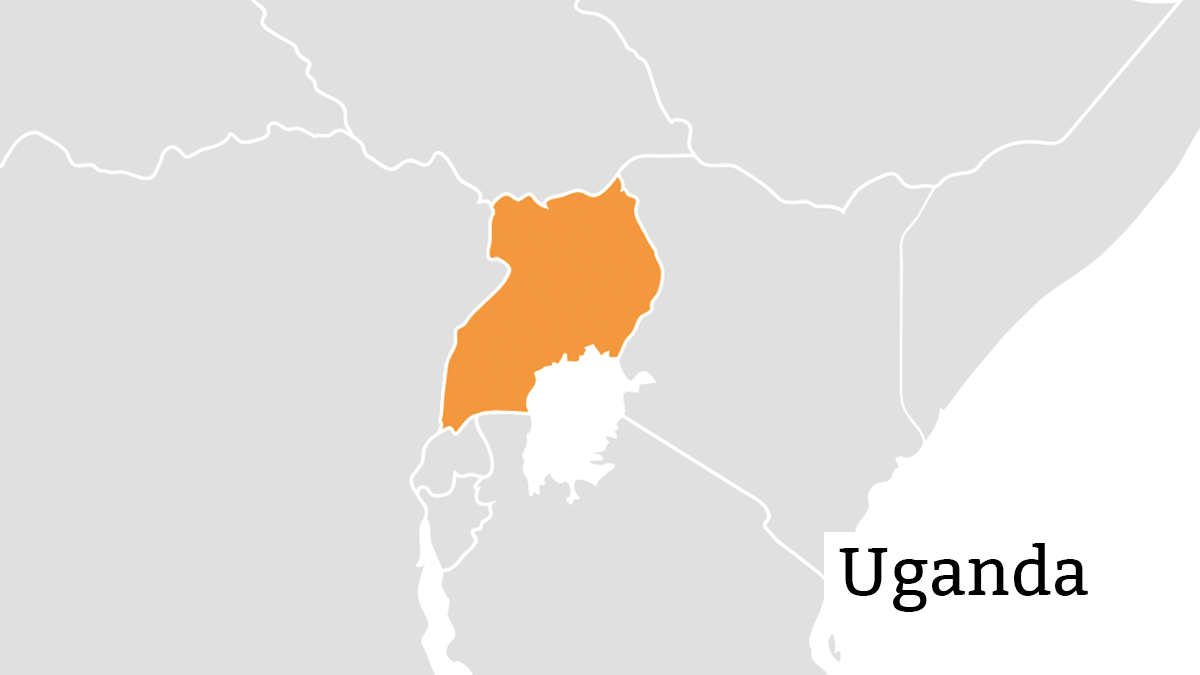
Historically, Uganda has had severe challenges with connecting its citizens to telecommunications infrastructure. Even after sector reforms commenced in 1994, providers struggled to meet demand in an operating environment where it was difficult to provide services for a variety of reasons: poor resource management, a population with low average incomes, and infrastructure that was largely outdated or needed replacement.
Nonetheless, as the government privatized its telecommunications assets with the introduction of the 1996 Telecommunications Policy, it did not try to extract the maximum amount of profit from the process as commonly done by its peer countries. Instead, the policy ensured that this transition would help make telecommunications services ubiquitous, high quality, and affordable to the public. This linked to Uganda’s overarching focus on realizing its social and economic development goals.
By 2004, the telecommunications monopoly had transitioned to a market with two players, Uganda Telecom and MTN Uganda. Two years later, the telecoms regulator invited applicants for operating licenses that would further open the national market to private sector players.
In 2006, the government took its next major step in realizing the goals of the policy written a decade prior. The National Data Transmission Backbone Infrastructure and e-Government Infrastructure Project (NBI/EGI) was conceived to develop high-speed internet connections in every major Ugandan city and to digitize the government services, connecting each ministry to a single wide area network. The project was developed in response to the lack of a backbone network in the country at the time. Divided into three phases, the project aimed to reduce communications costs, improve government service delivery, and provide a fiber backbone over 2,000km in length. A number of problems quickly emerged in the process.
After the Ministry of ICT granted funding to the Ugandan government for the start of the project, the government secured counterpart funding that was tied to the use of a preferred network vendor. Immediately after the project launch in July 2007, implementation problems arose due to the use of sub-standard fiber optic cables to build the network, the improper burial of these cables, and the fact that, when compared to other similar projects in the region at the time, the cost of NBI/EGI was found to be overpriced. Additionally, the Ministry of ICT did not have the human resources to supervise the project’s implementation, so the issues that arose during the procurement process were exacerbated as work continued. Despite its best efforts, the government project was characterized by numerous delays.
Audits and investigations led by Parliament and the Ministry of Finance revealed the scale of project mismanagement and identified steps to be taken to get the project back on track.
As frustration built with the pace of progress for the NBI/EGI project, the government decided to reset its efforts. In July 2009, the National Information Technology Authority of Uganda (NITA-U) Act was published, which established an autonomous government agency with the authority to provide ICT services to the government and, relevant to the NBI/EGI, serve as an end-to-end project implementation focal point for ICT projects. The authority of the NITA-U includes the ability to lead planning, procurement, and resource and stakeholder coordination for ICT projects.
Six months after the legislation was published, NITA-U began leading the implementation of NBI/EGI. It first addressed the issues that emerged during the first two phases of the project. NITA-U spent the next two years rectifying project deficiencies identified through holistic assessments that examined both the project’s technical and security components. The invitation of multiple new local and international fiber optic network vendors, including MTN, the Uganda Electricity Transmission Company, Google, and Facebook, brought investments into the country.
In 2013, completion of the first three phases of NBI/EGI brought fiber optic backbone to 25 towns and cities in Uganda. The ability of NITA-U to salvage the project and manage it to completion resulted in the approval of a fourth phase in 2013 and commenced in 2018. Currently, over 300 national and local government entities are served by the fiber optic network.
A variety of e-government services have resulted from this, and Ugandans can now pay taxes, apply for a visa, and access the justice system online. These services are helping to generate much needed revenue for Uganda, reaching 18 billion Ugandan shillings (nearly USD $5 million) in the 2016/2017 financial year, by enabling chargeable e-Government transactions. The price per Mbps of data has also fallen from around USD $1,200 in 2013 to USD $70 per Mbps today. This represents a price reduction that was 17 times cheaper for government agencies to access the network in just over six years.
A major factor in NITA-U’s success was the support from the highest levels of government to undertake its work. Policymakers trusted the authority’s judgment, and its recommendations heeded to help make NBI/EGI work effectively for the people of Uganda. NITA-U completed the first two phases of NBI/EGI by the end of 2011, and it became operational by 2014.
However, beyond government bodies, uptake of high-speed, fixed-line services remains low because many households and small businesses are still unable to afford the access costs or most households have locations so remote that the backbone is yet to reach them.
Moreover, there remains a need to continue the work of sensitizing citizens to what the project is about and how high-speed internet connectivity can benefit them. It remains promising that the government acknowledges these challenges and with each new project assessment is working to enhance outcomes for all Ugandans.
Suggested Citation: Alliance for Affordable Internet (2019). “Uganda: Building affordable backbone infrastructure.” Good Practices Database. Washington DC: Web Foundation.
